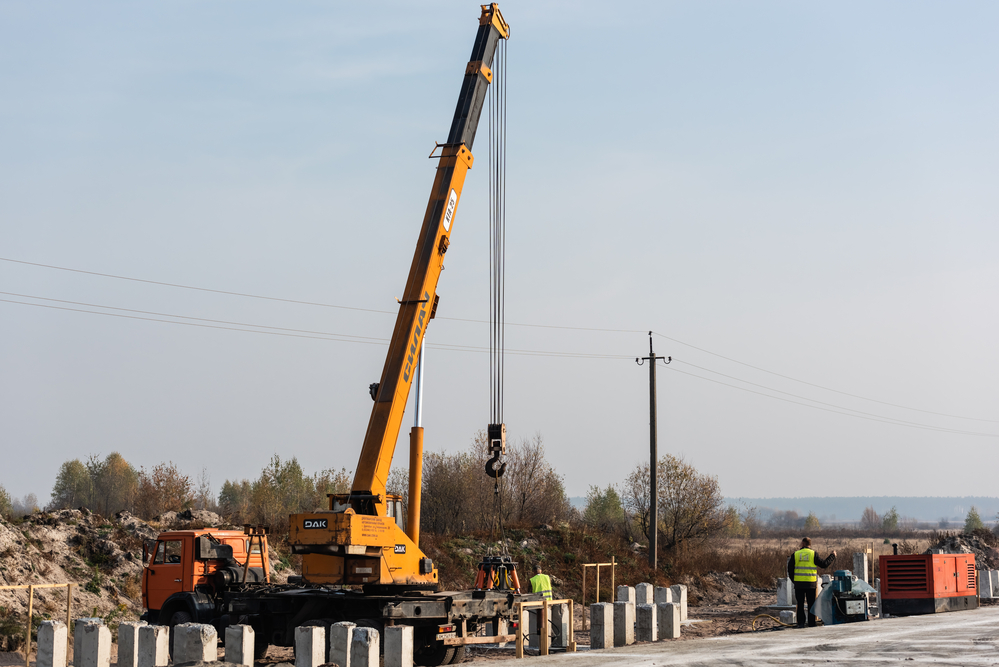Orthotics Adelaide: The Role and Benefits of Customized OrthoticsOrthotics Adelaide: The Role and Benefits of Customized Orthotics
Our feet serve as the foundation of our body, supporting us through every step of our daily lives. However, when foot pain or discomfort strikes, it can severely impact our ability to move comfortably and enjoy life to the fullest. Customized orthotics have emerged as a revolutionary solution to address a wide range of foot-related issues, offering personalized support and relief. In this article, we will explore the importance of customized orthotics in Adelaide, their benefits, and how they can transform the lives of those in need.
Understanding Customized Orthotics:
Custom orthotics, also known as custom-made insoles or inserts, are orthopaedic devices that are individually built to fit the unique curves of an individual’s foot. Custom orthotics are also known as orthotics on demand. Customized orthotics, as opposed to generic inserts that may be purchased over-the-counter, are designed to address particular biomechanical abnormalities, offer focused support, and alleviate pain. Podiatrists or orthopaedic specialists are the ones who commonly prescribe and build them. This is done after doing a thorough evaluation of the patient’s foot structure, gait, and any preexisting foot issues.
The Customization Process:
The journey to obtaining customized orthotics begins with a thorough evaluation by a healthcare professional. This assessment may include a physical examination, gait analysis, and possibly imaging studies such as X-rays or 3D foot scans. Using this information, the healthcare provider can identify any biomechanical abnormalities, structural issues, or areas of excessive pressure or discomfort.
Next, the orthotics are custom-designed and fabricated to address the specific needs of the individual. This process may involve computer-aided design (CAD) software, 3D printing technology, or traditional handcrafting techniques, depending on the preferences and expertise of the orthotics provider. The result is a bespoke orthotic device that offers precise support, cushioning, and alignment tailored to the patient’s unique foot anatomy and biomechanics.
Materials and Features:
Customized orthotics can be made from a variety of materials, each chosen for its specific properties and intended use. Common materials include ethylene-vinyl acetate (EVA) foam, which provides cushioning and shock absorption, as well as thermoplastics, carbon fibre, and other durable materials for structural support.
Benefits of Customized Orthotics:
The benefits of customized orthotics Adelaide are numerous and can have a profound impact on an individual’s quality of life. Some of the key benefits include:
- Pain Relief: Customized orthotics can help alleviate pain and discomfort associated with various foot conditions, including plantar fasciitis, flat feet, high arches, bunions, and arthritis. By providing targeted support and cushioning, orthotics help reduce pressure on sensitive areas of the foot and promote proper alignment, leading to decreased pain and improved comfort.
- Improved Biomechanics: Orthotics are designed to correct biomechanical abnormalities such as overpronation, supination, and excessive foot motion. By providing stability and support to the foot and ankle, orthotics help optimize gait mechanics, reduce strain on muscles and ligaments, and prevent injuries related to poor foot alignment.
- Enhanced Performance: Customized orthotics are not only beneficial for individuals with existing foot problems but can also improve performance for athletes and active individuals. By promoting efficient foot function and reducing fatigue, orthotics can enhance athletic performance, increase endurance, and reduce the risk of sports-related injuries.
- Preventative Care: In addition to providing relief from existing foot issues, customized orthotics can also serve as a preventive measure against future problems. By correcting biomechanical imbalances and providing support to the foot’s natural structures, orthotics help prevent the development or progression of degenerative conditions, such as osteoarthritis and reduce the risk of overuse injuries.
Customized orthotics offer a personalized and effective solution for individuals suffering from foot pain, discomfort, and biomechanical issues. By addressing the specific needs of each patient and providing tailored support and alignment, orthotics can significantly improve comfort, mobility, and overall quality of life. Whether you’re an athlete looking to enhance performance, a busy professional seeking relief from foot pain, or someone simply wanting to move with greater ease and comfort, customized orthotics Adelaide can help you step into a brighter, more comfortable future.
